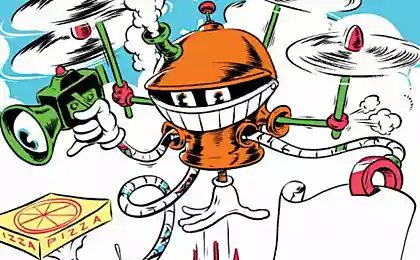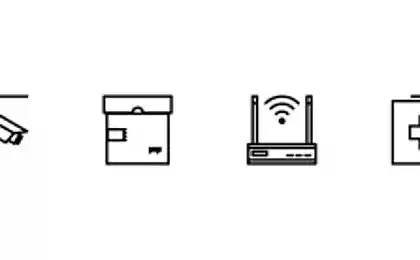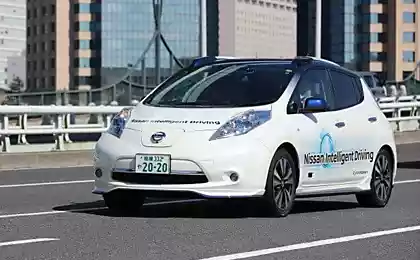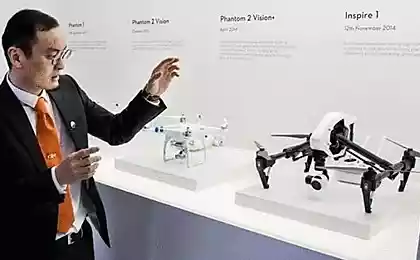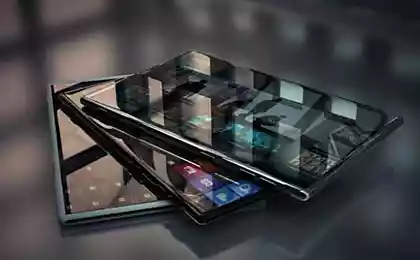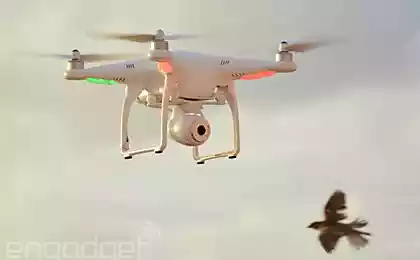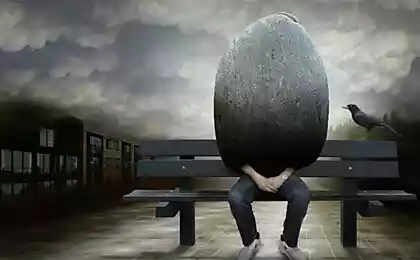249
Urban planning of the future: zones for drones
A hundred years ago, as cars began to pour into the world, cities and laws designed for horses had to adapt to a whole new form of transportation. In cities, no one knew how to handle these fast cars, so the fatal incidents that arose in the process of figuring out who had more rights on the road were the sea. Now commercial drones are approaching a similar historic moment, so architects and urban planners will have to seriously puzzle the problem of marking cities for new guests.
Urban designer Mitchell Sipus, who has worked with Kabul and Mogadishu, has already roughly unveiled possible drone zoning laws. Sipus draws a clear parallel between traffic rules and drone laws. Here is what he told Popular Science:
“In fact, it is not much different from normal car traffic. In the days when cars were invented, people who could afford them drove like crazy, got drunk, crashed, drove into trees, causing chaos. But cars were much more comfortable than old horses and buggy systems. So instead of banning cars, smart people began to follow the rules of the road and build the infrastructure for these rules: stop lights, road markings, speed limits, do not drink while driving. If we go the same way, pilots will not be "don't drink while driving," but "don't drink with a drone."
Sipus says we are currently at risk of passing drone laws that will destroy the industry. For example, Hawaii is considering a law that will allow the use of drones only police. It is a shame that the world will lose aerial photography of beautiful islands. We need to create laws with good potential. It is not difficult to create a regulatory framework for a new market.
The Sipusa system will allow cities to be marked into zones in which drones are allowed to fly, in which restrictions operate and where it is impossible to fly without special approval. In his concept, he used the familiar colors of traffic lights: green – for free use, yellow and orange – with various restrictions on the time of day and days of the week, and red – forbidden for flights.
This is what his model looks like in Chicago.
The green area covers open areas near the park and fountain, where people usually do not crowd much and where there is a body of water. The orange and yellow zones allow drones to fly almost always, but with a few exceptions. At night, for example, flying near houses is prohibited. One of the buildings in the orange segment is an observatory that drones will interfere with at night.
The red zone is a stadium. Here, private drones with cameras will be banned under privacy and licensing rules, except for those allowed to work by the stadium and the NFL.
With the right level of implementation, such a system will be able to preserve the privacy and security of society without interfering with the development of innovation. With a poor level of execution, it will not be able to provide even one part.
"I like laws, taxation, restrictions if they serve good purposes," Sipus says. Zoning for drones could be a gentle way to let flying robots into our lives.
Source:hi-news.ru
Source: /users/1617

